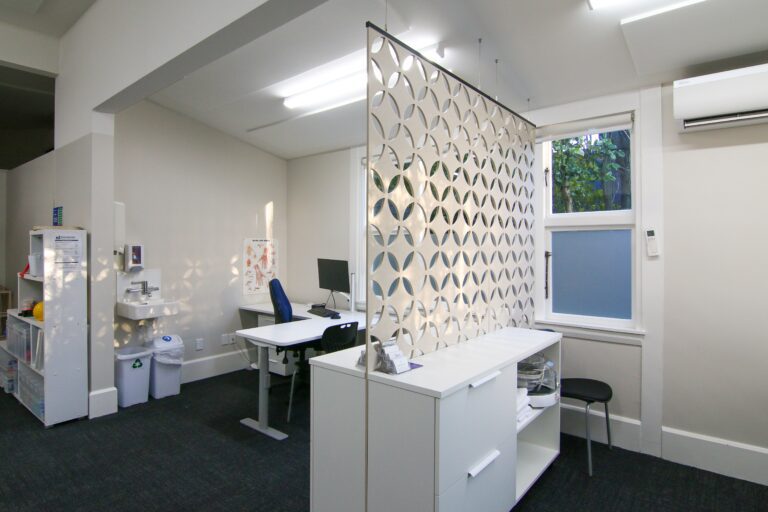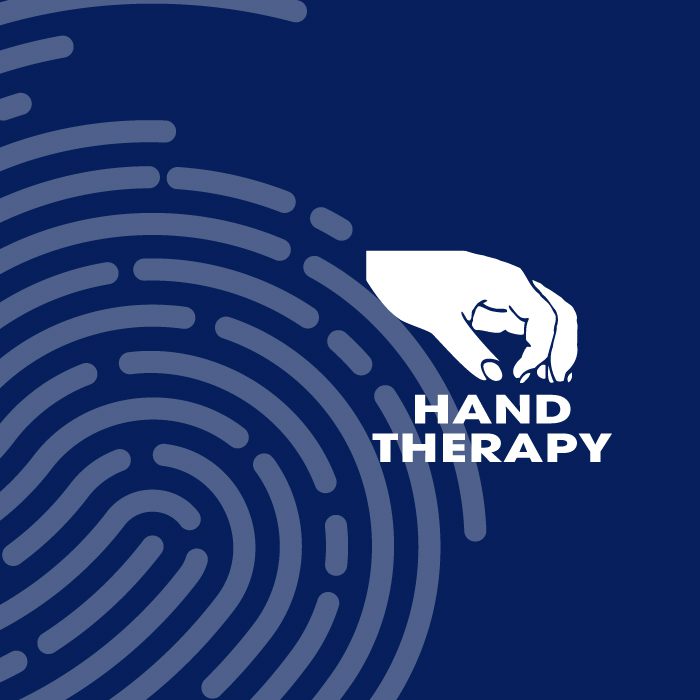What is the EPL tendon?
The long extensor tendon to the thumb is called the Extensor Pollicis Longus (EPL). This tendon straightens the end joint of the thumb (thumbs up or hitch hikers sign – see Figure 1) and also helps pull the thumb in towards the index finger.
Why does it rupture?
This tendon is vulnerable to rupture in the tunnel at the wrist. There are two situations that are associated with rupture. The first is after a fracture of the wrist. The second is in Rheumatoid Arthritis where there is inflammation around the tendon in this area.
What are the signs of rupture?
- There may be pain felt at the wrist but this is not always the case.
- Inability to straighten the end joint of the thumb.
Some patients feel a “ping” when the tendon ruptures. Many patients simply notice the thumb has an abnormal posture and isn’t working as it should be.
An Ultrasound scan is often used to confirm the rupture.
What is the treatment?
When this tendon ruptures it needs to be surgically repaired
Surgical treatment involves either placing a piece of tendon (taken from elsewhere) between the two ends of the ruptured tendon (Tendon graft), or to take another tendon in the hand and moving it to take over the function of the ruptured tendon (Tendon Transfer – see Figure 3). The tendon most commonly used transfer is one of the two extensor tendons to the index finger (Extensor Indicus).
Following either surgical procedure a splint is required to support the graft or transfer. The splint will be in place for a period of approximately six weeks. The surgeon and hand therapist will explain what programme is being used. Hand therapists specialise in post-operative rehabilitation.
The aim is to minimise potential complications of surgery, such as scar pain, tethering of the scar, swelling and/or stiffness, while at the same time protecting the healing structures and maximising thumb function. It is a fine balance – do too much and there is an increased risk of rupturing the repair! Do too little and you are likely to end up with a stiff thumb with limited function. At the Merivale Hand Clinic, hand therapists liaise closely with the surgeon and have rehabilitation protocols to guide the progression of exercises. Each program and progression of activity will be tailored to the individual involved and the demands placed on their hand.




